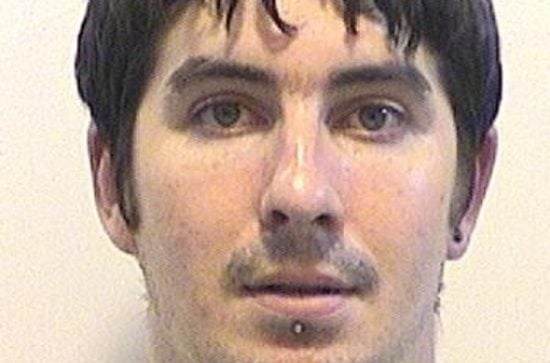Dr. Colm Bracken

Before starting as a mature student at Maynooth University in 2005, at age 24, I had been unhappily working in various mundane jobs that I found unfulfilling. Having left school in 1995 at a very young age (14), I did not expect to ever go to University. However, in 2005 I heard about an exciting one-year program for mature students at Maynooth, which could open the doors into University for me. While completing the Maynooth Certificate in Science Programme, I got up to speed with basic maths and study skills, while also taking courses on basic physics, biology, and chemistry. With a bit of hard work on my end, and excellent support from the University and the Experimental Physics department in particular, I graduated the 1-year programme and gained access to the science degree course at Maynooth.
While the 4-year degree course in science was often challenging, I found the challenges exciting and motivating. While all of the sciences interested me, I found myself particularly drawn more and more to physics. As I progressed from year 2 to year 3, I switched from the general science degree to the dedicated Physics with Astrophysics degree. The idea of using and developing mathematics in order to describe the world around us blew my mind. In addition, the ground-breaking research the Experimental Physics department were involved in at the time was super exciting. Their researchers were contributing to space science missions such as the Herschel Space Observatory and the Planck CMB mission.
To my own surprise, I managed to graduate with a first class honours degree in 2010, and this motivated me further to continue on this exciting path of science, knowledge and understanding of our planet and cosmos. I was lucky to be awarded a Hume Scholarship by Maynooth University, which enabled me to enrol in the PhD programme under the supervision of Professor Anthony Murphy. My project involved working on the next generation of planned space telescopes for the far-infrared sky. My research primarily focussed on electromagnetic simulations for the detector systems on these telescopes.
Upon graduating with my PhD in 2015, I stayed on at Maynooth to complete two separate postdoctoral research contracts. One of these projects was a continuation of my PhD research, while the other involved a very exciting concept study for a far-infrared interferometer system for space. Both of these projects resulted with a number of research papers, published in various journals.
As much as I loved Maynooth, I decided that I should spend some time exploring other institutes and projects. Luckily a 1-year lecturing position became available at University College Dublin (UCD) in 2016. I was successful in securing this position, where I got to lecture courses on exciting areas of physics, astronomy, and cosmology. Whereas Maynooth’s astronomy/astrophysics research mainly focussed on lower energy light (far-infrared/CMB), UCD were interested on high energy astronomy, namely X-ray and gamma ray radiation. The change of focus was challenging but exciting.
Again with a bit of luck on my side, just as my contract at UCD was ending, a brand new research group was being founded by Professor Tom Ray at Dublin’s Institute for Advanced Studies (DIAS). The project involved developing novel detectors fro astronomy, which utilised brand new materials that exhibit superconductivity. I obviously jumped at this opportunity and I stared on the project in 2017, where we created a brand new cryogenics laboratory that can produce the temperatures of less than 1 Kelvin necessary for the operation of the new detectors.
While the research in DIAS was progressing very well, and the work remained interesting and fulfilling, I decided that it was time to search for a more permanent teaching position. My plan was to try to find somewhere in Ireland so that I could continue to collaborate on the DIAS research. Once again with luck being with me, a permanent lecturing position was advertised at the familiar Maynooth University in 2019. And thankfully, I was successful in securing this position, where I remain today.
My current work at Maynooth University continues to challenge me and excite me daily. I get to teach courses on Computational Optics, Device Physics, Introductory Quantum and Nuclear Physics, and Thermodynamics. I am also afforded time to continue my research projects with DIAS, among other collaborators such as NASA, ESA, and other prestigious institutes around the world. I take pride and satisfaction each day, knowing that I am doing my little bit to further humanity’s understanding of our planet, our solar system, and our place in the Universe, while helping to educate the next generations of physicists and astronomers.
One thing is for certain, without the early and continued help and support of Maynooth University, and specifically the members of faculty in Experimental Physics, I would most likely still be unhappily working some mundane job, wondering what might have been. For this, I am forever grateful to everyone at Maynooth who helped to get me here today!
